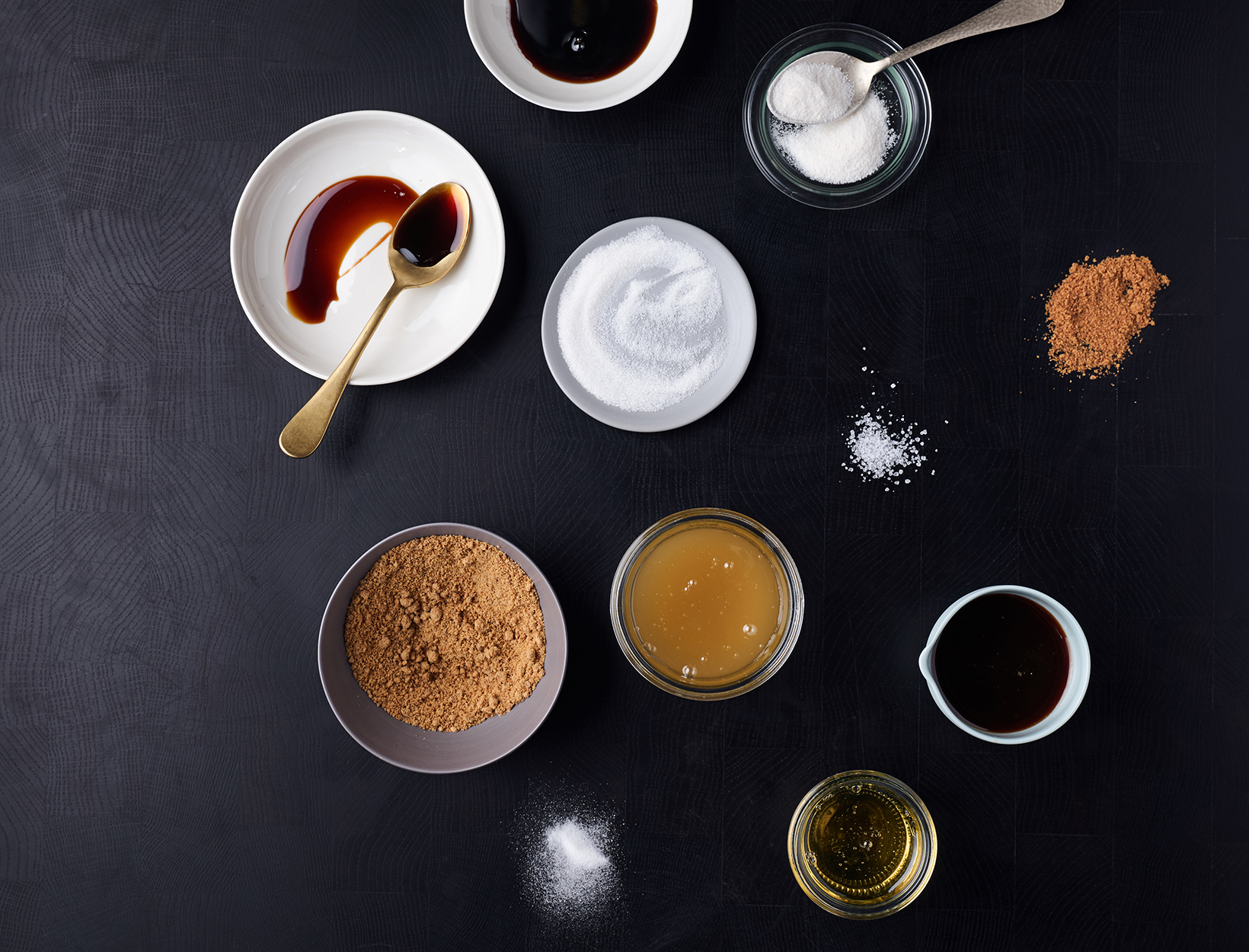
The Guide to New-Wave
Sugars & Sweeteners
It’s no secret that refined white sugar is bad for us; overconsumption can lead to diabetes, obesity, weight gain, inflammation, and a laundry list of other ailments. But what’s the best option for those of us who still crave a little sweetness? In the goop kitchen, we rely heavily on our old standbys—raw honey, maple syrup, and dates—but we’ve also been experimenting with some of the newer sweeteners on the market. A lot of these new products claim to be everything from “healthy” to “sugar-free” and even “zero calorie,” but are they really better for us? Sure, stevia comes from a plant, but how natural is the stuff in packets at the store? And what’s the deal with agave? Everyone loved it, then everyone hated it, and now you might not be sure what to think.
So we checked in with our go-to nutrition expert, LA-based Shira Lenchewski M.S., R.D. to get her take on these “new-wave” sugars. We also asked our amazing food team to share any helpful cooking tips and favorite recipes.
A Note on “Healthy Sugars” From Shira:
You’ll notice I don’t really mention the mineral/antioxidant profiles of the sugars described below—in my opinion, these properties do not matter here. I don’t recommend choosing a sugar based on the potential health benefits because I don’t recommend eating sugar to promote health. What I do recommend: using sugar in moderation, ideally not too processed or loaded with excessive fructose, to make things that are worth it to you taste delicious. Also, there’s really no reason to break the bank here (although there are plenty opportunities to do so).
Need-to-Know Sugar Glossary
GLYCEMIC INDEX: All carbohydrates break down into sugar once inside the body, but the rate that this goes down varies among different carb-containing foods; these differences form the basis of the glycemic index. The glycemic index (GI) essentially ranks carb-containing foods according to their effect on blood sugar, from 0 (no effect) to 100 (straight up glucose). The more processed a carb-containing food is, the higher the glycemic index.
FRUCTOSE: Fructose is the simple form of sugar naturally found in fruit, some plants, and honey. When you’re getting small amounts of fructose in your diet from, for instance, a piece of fruit, it’s not a problem. But in terms of excess added sugar, it can be.
For starters, unlike glucose, which can be used by virtually every cell in the body for energy, only liver cells can break down fructose. Tasking liver cells with processing a bunch of fructose amps up the production of unwanted byproducts like triglycerides, free radicals, and uric acid. And because of the unique way fructose is broken down in the body, it doesn’t shut off the body’s hunger-indicating hormone ghrelin (some other sugars do), so it leaves us feeling hungrier, rather than satisfied. This doesn’t mean you should swear off fruit (in fact please don’t do that), but it is something to keep in mind when you encounter fructose-heavy foods like acai bowls and agave, which are marketed as healthy options. Interestingly though, fructose has a smaller effect on blood sugar and insulin than other common sugars, so it’s a lower glycemic option, which is part of why it gets touted as a healthier option.
SAP SWEETENERS
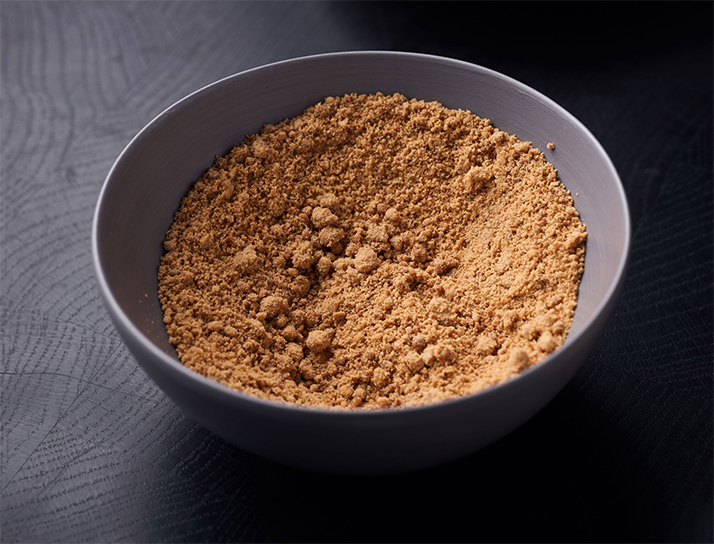
Palmyra Jaggery
SHIRA SAYS: “Palmyra jaggery, aka SugaVida, comes from the sap of the palmyra palm tree flower, typically grown in India and Sri Lanka. Relatively speaking, it’s an unrefined sweetener with a low GI score and a low fructose content compared to most sugar sources. That said, it’s also mega-pricey.”
Agave
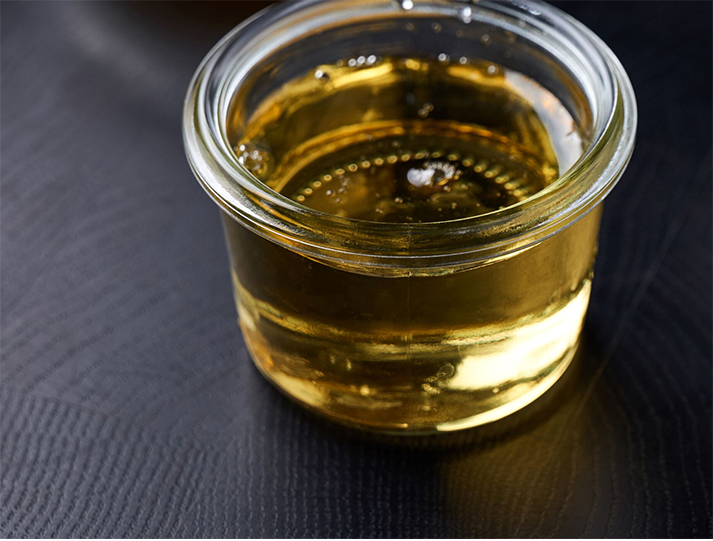
SHIRA SAYS: “Agave is made from the agave plant, a succulent native to Latin America. It’s often labeled as a healthy, natural sweetener, but it’s actually highly processed and has a significant amount of fructose (often up to 70 to 90 percent). Agave is marketed heavily for having a low glycemic load that doesn’t cause insulin spikes, but that’s because it is primarily fructose, which we know goes directly to the liver for processing.”
KITCHEN TIP: Agave nectar works for cocktails and other drinks because it dissolves so easily into cold liquids. Shake together tequila, a touch of agave, and lots of fresh lime juice for the perfect instant margarita.
Coconut Nectar & Sugar
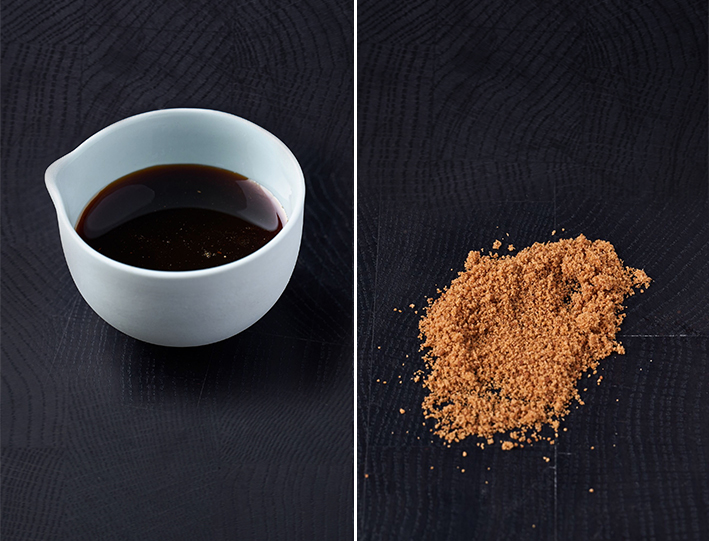
SHIRA SAYS: “Coconut nectar comes from the sap of the coconut palm tree flower, and coconut sugar is coconut nectar that has been dried down to its crystalline form. They are minimally processed (coconut nectar more so than coconut sugar) and have a relatively low GI score (35) compared to table sugar (68). Both coconut nectar and sugar do contain fructose (around 38-48 percent), but less than agave.”
KITCHEN TIP: We use coconut sugar and nectar all the time in the test kitchen, as it’s detox-friendly and has a lovely caramel-y flavor. The downside is that it burns more easily than cane sugar—so be sure to watch it carefully.
Root-veggie derived sweeteners
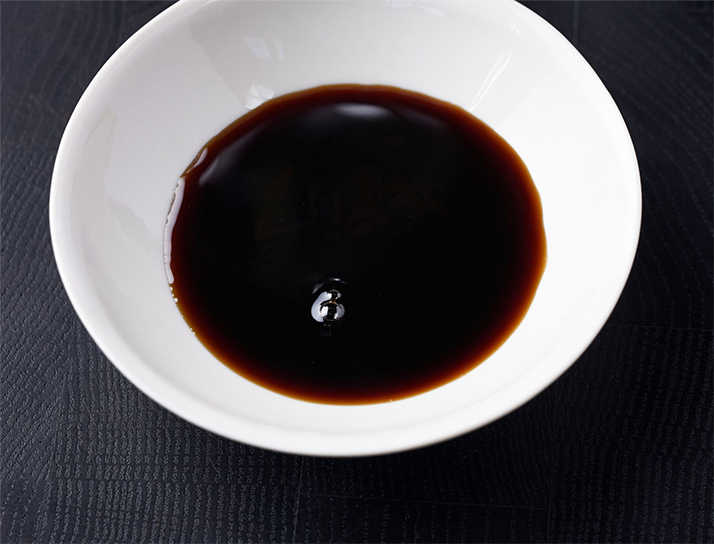
Yacon Syrup
SHIRA SAYS: “Yacon syrup is made from the root of the yacon plant, native to South America. Due to its high fructooligosaccharide content, yacon syrup isn’t fully digested in the digestive tract, and therefore has a very low GI, and it doesn’t raise blood sugar significantly. Fructooligosaccharide are considered prebiotics—non-digestible carbohydrates that act as food for healthy gut bacteria. However, because yacon passes through the intestines largely undigested, it can be harsh on the digestive tract, especially for people with inflammatory bowel conditions, and may cause gas (womp). Plus, it has a reasonable percentage of fructose and is quite pricey.”
GRAIN-BASED SWEETENERS
Brown Rice Syrup

SHIRA SAYS: “Brown rice syrup is a thick, gooey sweetener made from fermented cooked brown rice. While it’s typically made from natural ingredients, it is highly processed. On the plus side, brown rice syrup doesn’t contain fructose. Because of its unique stickiness, it can be texturally desirable for specific recipes like nut and seed bars.”
KITCHEN TIP: We like that brown rice syrup isn’t too sweet (it has a pleasant almost malty flavor) and the sticky texture is incomparable—perfect for binding together any type of bar.
Sorghum Syrup
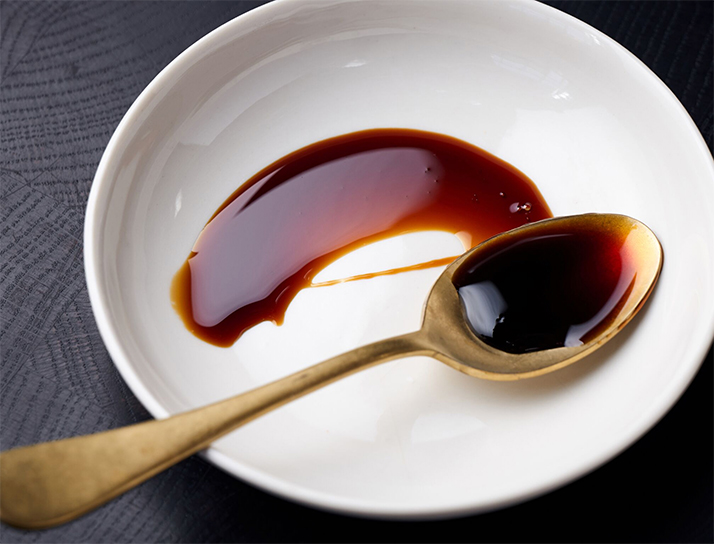
SHIRA SAYS: “Sorghum syrup is made from the juices of the sorghum cane plant, which have been boiled down to make a dark, rich syrup. Like brown rice syrup, sorghum syrup is typically made from natural whole grains, but is highly processed (very similar in production method to sugar cane), with a high GI.”
NO-CALORIE/LOWER-CALORIE SWEETENERS
Stevia

SHIRA SAYS: “Stevia comes from the South American plant, Stevia rebaudiana, that has leaves with naturally occurring sweet-tasting compounds. Stevia is many hundred times sweeter than table sugar, but is virtually sugar-free with no effect on blood sugar. That said, not all stevia is created equal—the product can vary from whole leaf powders (best option) to fairly processed products like Truvia. Additionally, because stevia is several hundred times sweeter than table sugar, it can overstimulate your taste buds and increase your sweetness threshold. Meaning that while you may cut down on sugar in the short term, you may also end up craving intensely sweet foods throughout the day.”
KITCHEN TIP: Because it’s so sweet, a little stevia goes a long way. That being said, a couple of drops (we like the liquid extract form) add that extra kick of sweetness to chocolate truffles or avocado mousse.
Monk Fruit or Lo Han Extract
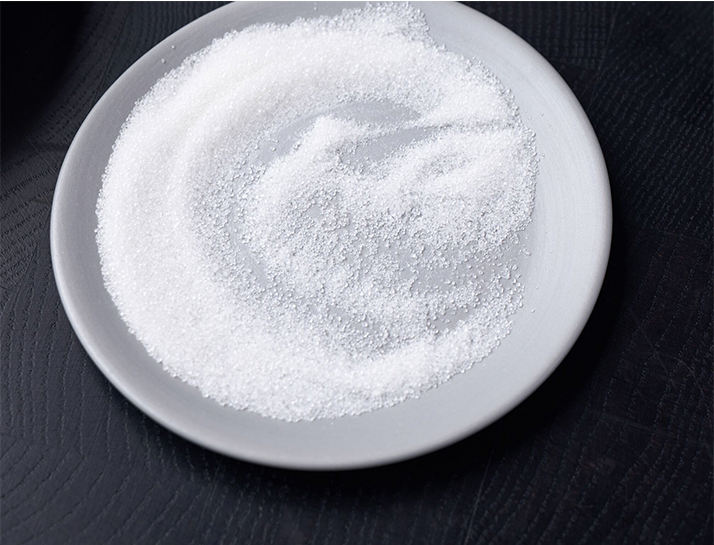
SHIRA SAYS: “Monk fruit sweetener comes from the Siraitia grosvenorii plant (native to Asia), which has naturally occurring sweet plant chemicals that don’t raise blood sugar (does not contain glucose or fructose). Like stevia, monk fruit sweetener is several hundred times sweeter than table sugar, which seems like a great thing but really isn’t (see stevia). That said, both monk fruit sweetener and stevia can be enormously helpful for individuals with diabetes. If you’re sold, be sure to read the package label, since some products on the market contain maltodextrin and other unnecessary and processed stabilizers.”
KITCHEN TIP: Like agave, monk fruit powder dissolves easily into liquids, so it’s a good option for sweetening drinks and cocktails.
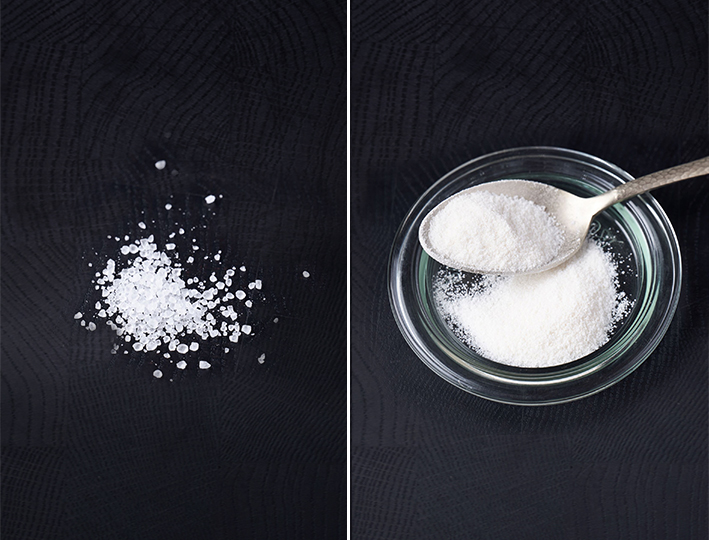
Xylitol and Erythritol
SHIRA SAYS: “Xylitol and erythritol are naturally occurring carbohydrates called sugar alcohols. Sugar alcohols aren’t fully digested in the gastrointestinal tract, so they offer significantly less calories and don’t have much impact on blood sugar. Because they aren’t fully digested, these sources are often touted as great sources of prebiotics (i.e. food for “good” gut bacteria). On the flip side, sugar alcohols are often associated with gastrointestinal distress, bloating and gas (womp womp).”
NOTE: You might also see Lakanto on the shelves. This brand is essentially a mixture of monk fruit extract and erythritol, meaning it has some strengths and drawbacks depending on your personal sweetness needs.